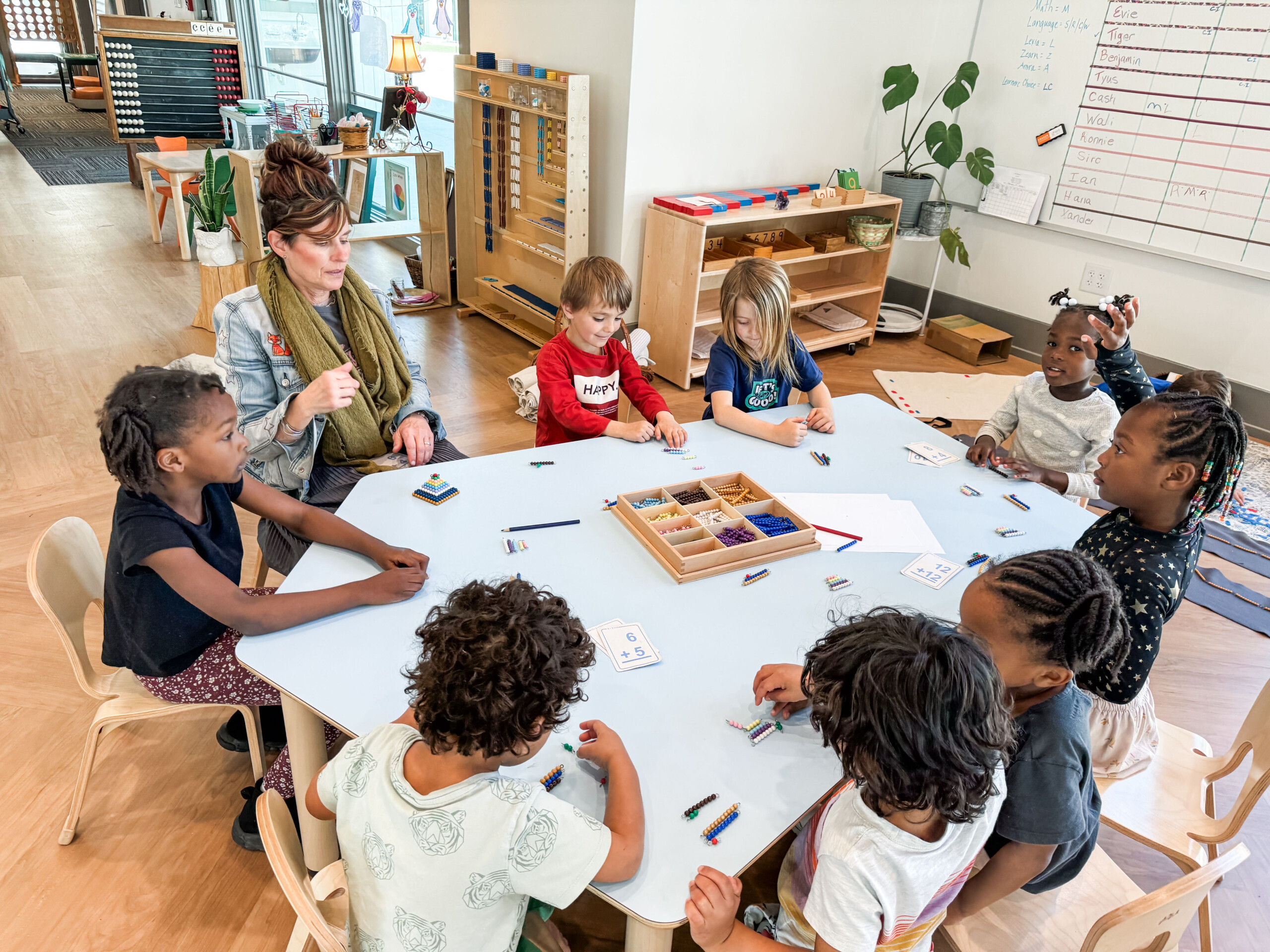Strong schools are the backbone of thriving communities. The design and quality of a school can shape how students learn, interact, and grow. Building better schools in Minnesota requires thoughtful planning, smart resource allocation, and community collaboration. Every decision, from site selection to final touches, plays a role in shaping the learning experience for future generations.
Laying the Groundwork
The first step toward building effective schools begins long before construction starts. Comprehensive planning ensures that the project aligns with educational goals and community needs. Location, accessibility, and environmental impact must be evaluated carefully.
Teams specializing in education facility construction in Minnesota emphasize detailed early-stage planning, as this reduces delays and keeps the project aligned with long-term goals for the community. Another critical part of this stage is setting a budget that balances quality with financial sustainability. Factors like classroom size, technology integration, and sustainability features all need consideration.
Designing Spaces That Inspire Learning
Good design is at the heart of every functional school. Spaces should be flexible, allowing for both traditional classroom teaching and collaborative learning models. Natural light, air quality, and acoustics directly affect how well students concentrate and stay engaged.
Modern designs also prioritize inclusivity and accessibility. From ramps to sensory-friendly rooms, every student deserves a learning environment that supports their unique needs. Outdoor spaces, such as playgrounds and green areas, add balance by promoting physical activity and wellness.
Engaging Stakeholders at Every Stage
Schools serve entire communities, so input from different groups is essential. Teachers bring insight into how classrooms should be arranged to maximize learning. Parents often highlight practical needs like traffic flow and safety. Students themselves can share what makes an environment comfortable and motivating.
Community meetings, surveys, and open forums provide valuable perspectives. This collaborative process builds trust and creates schools that reflect shared goals. When stakeholders feel included, they are more likely to support long-term maintenance and improvements.
Building a Safe and Secure Environment
Safety is a non-negotiable priority in school construction. Modern facilities integrate security measures without compromising a welcoming atmosphere. Features like secure entry points, reliable fire protection systems, and updated emergency response protocols protect students and staff.
At the same time, interior designs should encourage positive interactions. Wide hallways, open common areas, and clear visibility promote a sense of community and reduce conflict. Safety and comfort work hand in hand to create a supportive environment.
Step-by-Step Approach to Smooth Construction
Breaking the process into clear stages helps projects stay on schedule and within budget. A typical path includes:
Key Stages in School Construction
- Pre-construction assessments: Reviewing land conditions, utilities, and permits.
- Design development: Collaborating with architects and educators on layouts.
- Construction phase: Managing timelines, materials, and skilled labor.
- Final inspection and handover: Ensuring the facility meets standards before students arrive.
Each stage builds on the last, ensuring that no detail is overlooked. Structured management helps prevent delays and maintains high quality throughout the project.
Technology Integration for Modern Learning
Schools today require advanced technological infrastructure. Smartboards, high-speed internet, and digital collaboration tools are no longer optional. Designing facilities that can adapt to future technologies ensures longevity and relevance.
IT infrastructure should be integrated during construction rather than added later. Proper cabling, server rooms, and security systems need careful planning. This creates an environment where teachers and students can use technology effectively without disruption.
Constructing better schools requires careful planning, thoughtful design, and collaboration at every step. By combining sustainability, safety, and innovation, Minnesota communities can create spaces that inspire lifelong learning. With dedicated attention to detail, education facility construction in Minnesota can transform classrooms into vibrant hubs of opportunity. Building better schools is not just about bricks and mortar. It is about shaping futures and giving every student a strong foundation to succeed.

